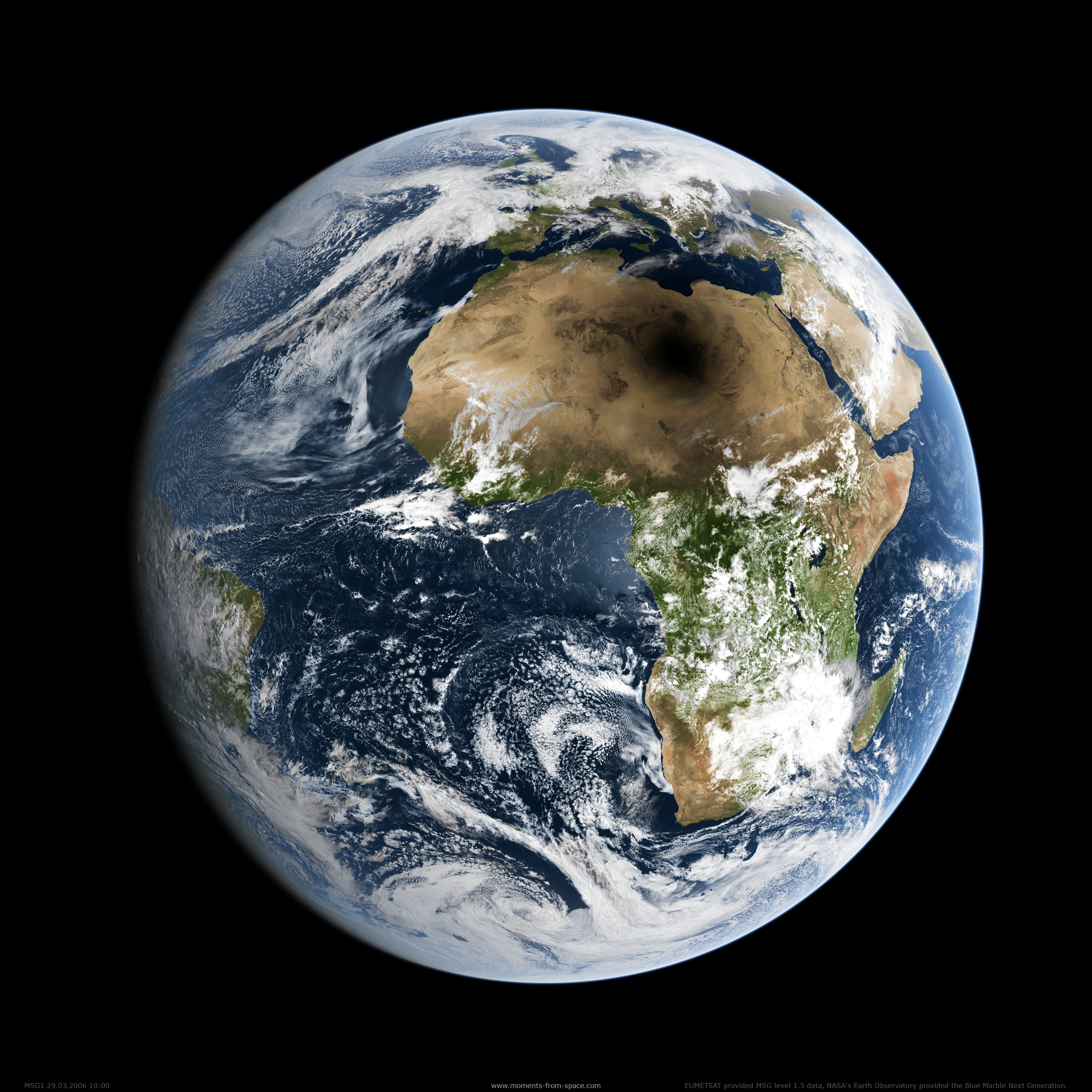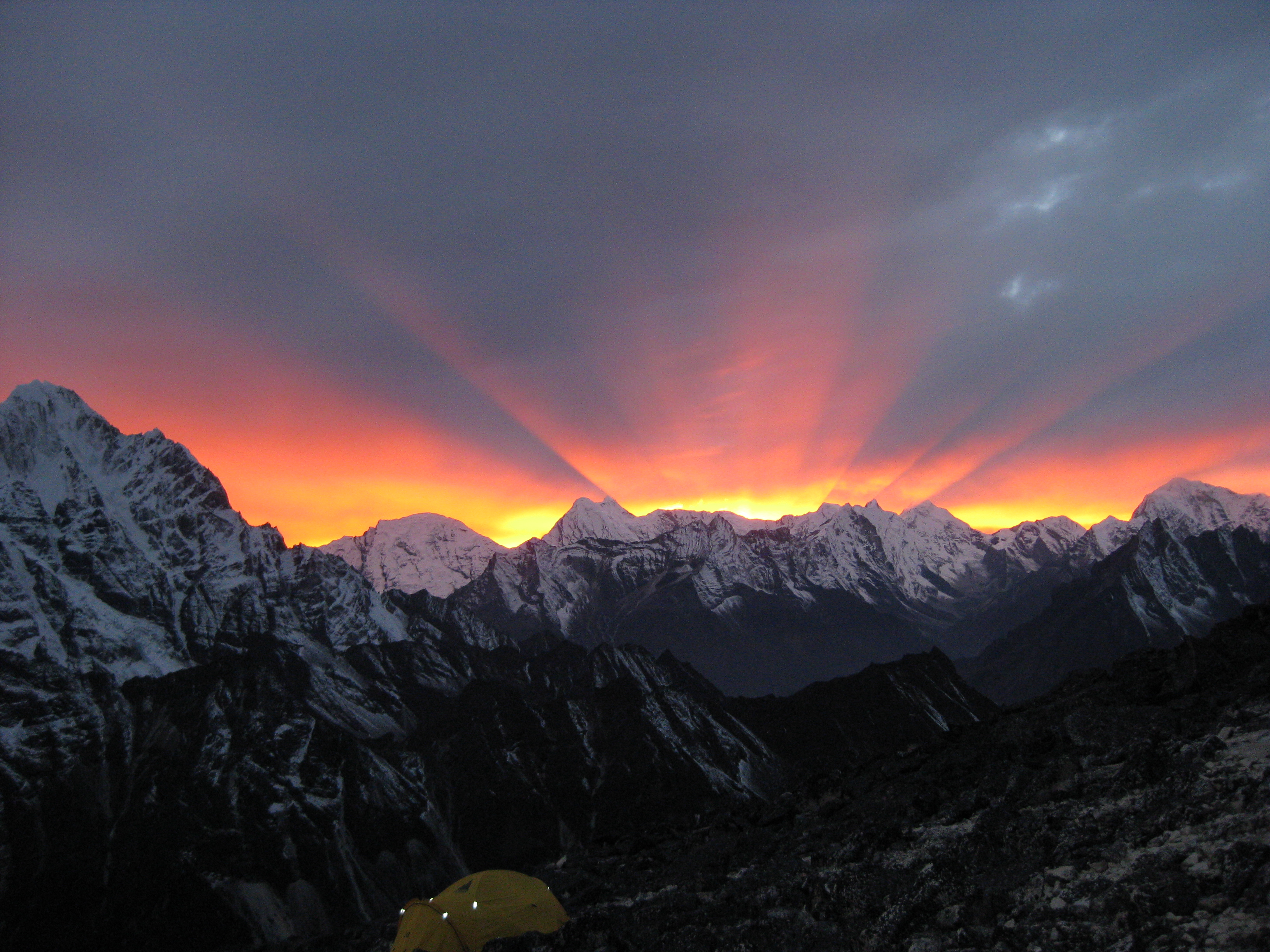According to some Republicans in the US, Earth Sciences cannot be regarded as one of the ‘pure sciences’, or hard science. Is Earth Sciences simply Rocks for Jocks, or do the earth sciences actually encompass some fundamental work here? Suggestions have been made that NASA should steer its focus away from Earth Sciences and more onto space exploration and research. If NASA complies, it would most likely mean that will be redirected from Earth Sciences to Planetary Sciences, leaving less budget to study our own planet. A final vote still needs to be made, but what should the outcome be?
“Earth sciences are a fundamental part of science. They constitute hard sciences that help us understand the world we live in and provide a basis for knowledge and understanding of natural hazards, weather forecasting, air quality, and water availability, among other concerns.”
– American Geophysical Union CEO Christine McEntee –
I wholeheartedly agree with Christine McEntee, without Earth Sciences we would definitely not be able to study and better understand some of the most challenging issues society is facing these days: climate change, earthquakes, and energy production, to name a few. Less money automatically will mean less research being done to know more about our own planet. Knowing more about Earth will also help us to understand those other far-away inhabitable planets we are after.
Read the whole article on Science Insider, as well as one of the replies at the AGU Blogoshere. How do you feel about Earth Sciences as a pure science? Do you agree? What research are you doing to help us forward in understanding the Earth (or other planets)? Let us know 🙂

Total Solar Eclipse from the Perspective of Space (by Maximilian Reuter, taken from ImagGeo)

